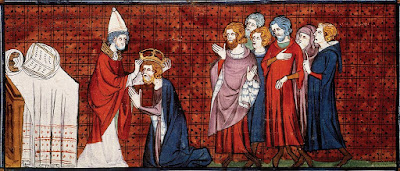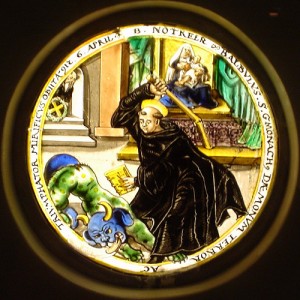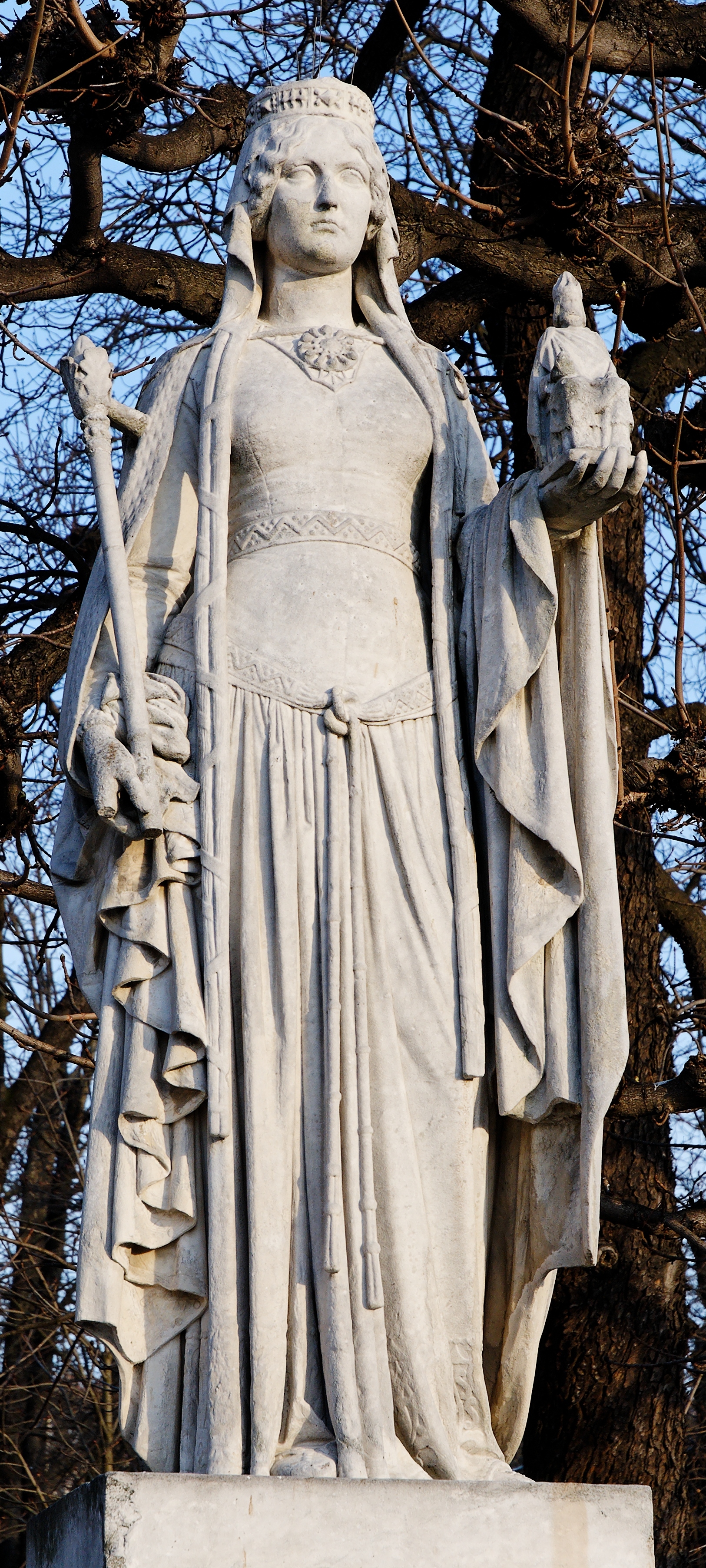The Vatican is considered the "Smallest Country in the World." Its 0.17 square-mile size (110 acres) makes it the smallest recognized independent state in the world. There was a time, however, when the popes in Rome held much more territory in the same way any temporal lord would. Much of that territory started with a grant of land from Charlemagne's father, Pepin.
The Donation of Pepin gave lands adjacent to Rome to Pope Stephen II in two parts (one in 754, one in 756). In 774, Pope Adrian I named Pepin Patricius Romanus, urging on him the protection of Rome. Pepin took this role seriously, as did his son, Charlemagne.
When in 772 the papal lands were invaded by King Desiderius of the Lombards, Pope Adrian I called Charlemagne for help. Charlemagne attacked Desiderius, captured him, and banished him to the Abbey of Corbie. After this, Adrian got even more land, including Ravenna and five cities on the Adriatic Coast.
Adrian also made the historic decision to change the dating of his decrees. Although calendar years were established by now across Europe, it was customary to date documents according to the reign of kings or emperors. There being no emperor in Rome anymore, documents would be dated by the eastern emperor in Constantinople. A papal document in 772 would be dated "Constantine V 31" (Constantine's rule began in 741, although he had co-ruled with his father since 720). Pope Adrian showed great respect for Charlemagne by dating his documents from then on according to Charlemagne's regnal years.
Charlemagne was appealed to again by Pope Leo III, when the pope was accused of adultery and perjury. Charlemagne agreed to arbitrate. He went to Rome, and on 1 December 800, he met with both sides. There was no easy conclusion, and Leo was finally cleared by taking an Oath of Purgation on 23 December, essentially swearing that he was innocent. Charlemagne accepted this and prevented the pope's enemies from causing further trouble.
Everyone knows the story of Charlemagne being crowned Holy Roman Emperor on Christmas Day 800 by Pope Leo, but few realize how much led up to it. Charlemagne "earned" this recognition, in the pope's eyes, because of all that he and his family had done for the papacy.
 |
| The Donation of Pepin, from the French National Archives |
When in 772 the papal lands were invaded by King Desiderius of the Lombards, Pope Adrian I called Charlemagne for help. Charlemagne attacked Desiderius, captured him, and banished him to the Abbey of Corbie. After this, Adrian got even more land, including Ravenna and five cities on the Adriatic Coast.
Adrian also made the historic decision to change the dating of his decrees. Although calendar years were established by now across Europe, it was customary to date documents according to the reign of kings or emperors. There being no emperor in Rome anymore, documents would be dated by the eastern emperor in Constantinople. A papal document in 772 would be dated "Constantine V 31" (Constantine's rule began in 741, although he had co-ruled with his father since 720). Pope Adrian showed great respect for Charlemagne by dating his documents from then on according to Charlemagne's regnal years.
Charlemagne was appealed to again by Pope Leo III, when the pope was accused of adultery and perjury. Charlemagne agreed to arbitrate. He went to Rome, and on 1 December 800, he met with both sides. There was no easy conclusion, and Leo was finally cleared by taking an Oath of Purgation on 23 December, essentially swearing that he was innocent. Charlemagne accepted this and prevented the pope's enemies from causing further trouble.
Everyone knows the story of Charlemagne being crowned Holy Roman Emperor on Christmas Day 800 by Pope Leo, but few realize how much led up to it. Charlemagne "earned" this recognition, in the pope's eyes, because of all that he and his family had done for the papacy.






















